Vanilla Convolutional Neural Networks
Limited Performance
Vanilla convolutional neural networks are some of the earliest image classification models used for deep learning. In order for these networks to perform well, image data is sent through a series of convolutional layers to extract exceedingly intricate patterns of information. As more patterns are extracted, the better the network can classify images. However, vanilla networks hit a road block when they failed to increase performance despite more layers being added. In fact, as more layers were added, the original data quickly degraded and led to increased error rates. As a response, the ResNet Image Classification model was created as a means to circumnavigate this problem and boost performance.







